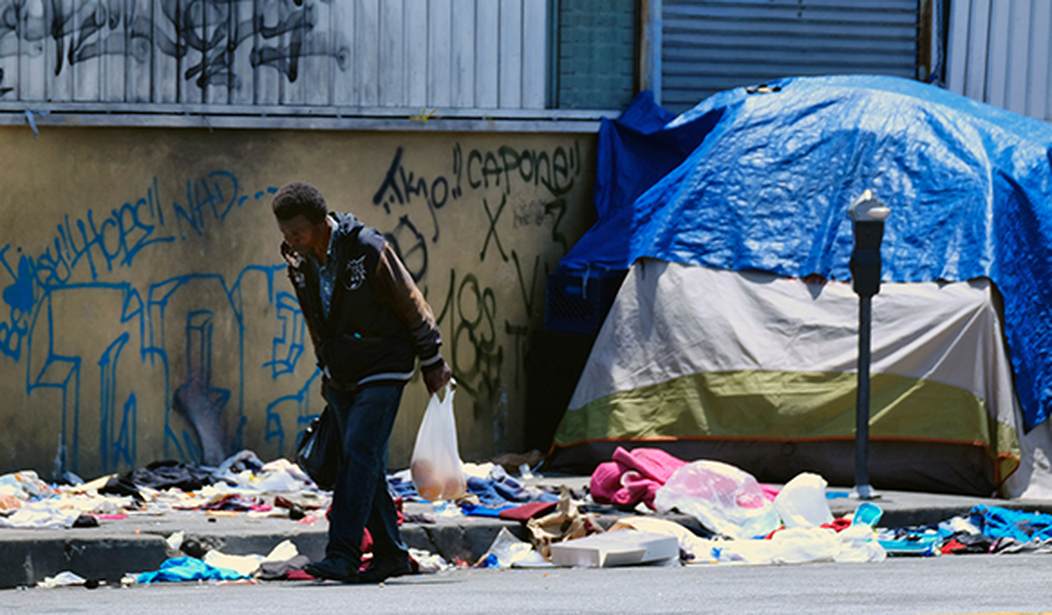After reading that headline, your first question might probably be something along the lines of, “Were workhouses and sanitariums ever, uh, great?” To which I would agree that no, such places - which were common in the western world during the 18th, 19th, and even up to the mid-20th century - certainly weren’t up to our modern standards of sanitation, nutrition, education, and even humane treatment. Certainly, workhouses and sanitariums have a bleak reputation that was well-earned. Consult any historian or read any contemporary account - particularly by author Charles Dickens - of what life was like for inmates and you’ll quickly find that they weren’t places anyone wanted to be, even by the already-low standards of those times. However, while not “great,” per se, they were still a logical, earnest, meaningful way to deal with two societal problems that still plague us to this day - homelessness and severe mental illness (and in too many cases, both in the same people).
Two thousand years ago, Jesus Christ said the poor would always be with us, and even in the modern, technological age where more wealth is in the hands of more people than at any point in history, his words continue to be proven right. Just walk down any downtown block of any of America’s largest cities and you can’t miss them, camped out in front of shops and restaurants, exposing themselves on a downtown sidewalk, or wandering aimlessly in the middle of a street smoking weed and talking to no one. If you’re lucky, you’ll just see them. If you’re unlucky, you may even find yourself a victim of the increasing homeless crime wave, far too many committed by mentally ill people who have no business moving freely in normal society. Hopefully, it’ll just be a robbery and you’ll live to tell the police so they can do nothing about it.
Sure, stupid policies make Democratic-run areas the worst, but they are everywhere, making life miserable for normal people just trying to go about their daily lives. And it’s not about to change anytime soon, especially with a major economic recession just beginning. If handouts worked, the problem would have been erased long ago. But they don’t, because, with few exceptions, long-term homelessness is by and large a disease of the mind.
But what to do about it? In the past, western society’s answer has been the establishment of workhouses for the indigent and sanitariums for those too mentally unstable to care for themselves. If you read about them, you’ll see that leaders of the time thought the process through better than many today give them credit for. There were baselines and procedures for entry and exit and residents were treated differently based on their situation. However, when you mix group facilities with poor sanitation, limited technology, pre-modern medical knowledge, and a more barbaric view of what it means to be humane, the result isn’t surprising - in many cases a horrid mix of savage conditions and human-to-human cruelty. But it wasn’t just these places. Read any Dickensonian account of what prisons and orphanages were like in those days. The fact of the matter is, life was pretty hellish for those living more than a century ago, and even more so for those bound to any group living environment.
Recommended
Public response to such conditions was to eventually toss the proverbial baby out with the bathwater and gradually get rid of workhouses and sanitariums altogether. And maybe it was the right move then, technology and medical knowledge being what it was. But now? This move certainly didn’t get rid of or even alleviate the problems, not even a little bit. Instead, now we allow the homeless and mentally ill to roam the streets, waiting until they commit a crime severe enough to justify locking them up in prison and throwing away the key. Except now, there are innocent victims involved. How is this humane for either the person, their past or future victims, or society at large?
In other words, we can and should do better, and part of doing better should involve taking the positive aspects of group facilities and applying them to the modern era. A solid workhouse concept should be locally established and administered, voluntary, profitable, and good for both the residents and society at large. This means a homeless person could conceivably enter a facility, get off drugs, and learn and practice a marketable skill that would keep him or her off the streets going forward.
Of course, the only way to ensure the success of such a facility would be for towns and cities to crack down on homelessness as a lifestyle. It’s been done before and it can and should be done again. Vagrancy and panhandling should be illegal, but places that make those practices illegal should provide viable alternatives that help people in those situations without either being inhumane or too attractive that people would want to stay there long-term.
And while the public might bristle at the idea of involuntarily committing people too mentally unstable to care for themselves or reasonably have willing family members take care of them, what is the alternative? In truth, there is no alternative except what‘s happening now, and what’s happening now is unsustainable and far more cruel. Sanitariums don’t have to be awful places like in the past, but they do need to exist as places to humanely house people the rest of society doesn't know what to do with.
If you find yourself disagreeing with the spirit of this column, ask yourself if you’re satisfied with the status quo. Are prisons or the streets truly better alternatives? Indeed, making workhouses and sanitariums great again may be the best shot we have at restoring our cities to something more than looming, empty shadows of their former glory. Well, that and actually policing against crime.
Follow Scott on Twitter and Truth Social!

























Join the conversation as a VIP Member